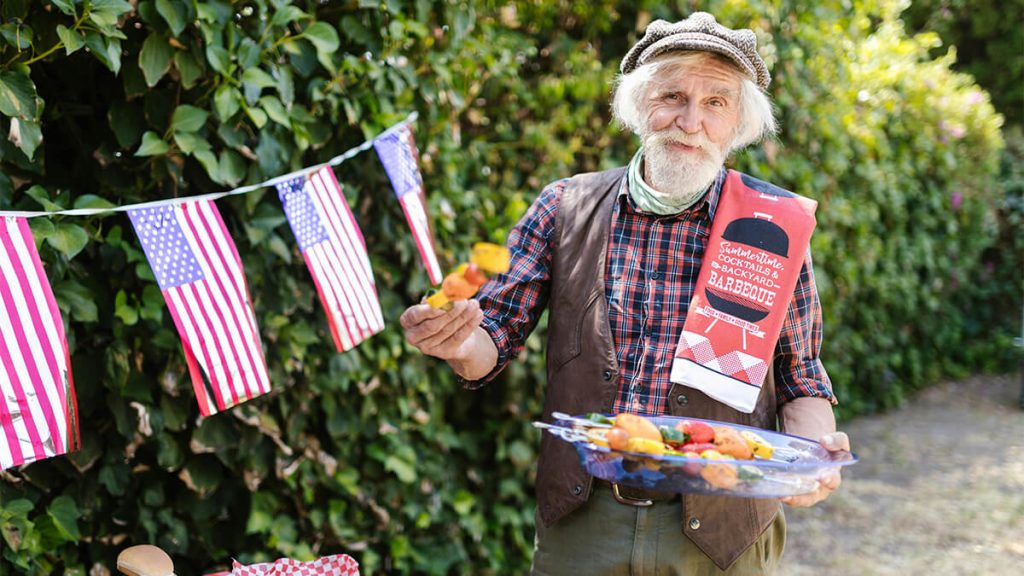Traffic jams, endless parking searches, and the ever-rising cost of gas – sounds like a familiar nightmare for many city dwellers. In contrast, how about a world where commutes are calm, exploration is effortless, and car parks don’t dominate urban landscapes? No, this isn’t a utopian dream but a reality in 10 incredible cities from around the globe, and we’ve got the scoop:
Washington D.C.: Efficient and Accessible
Washington, DC’s transit system is the second busiest in the United States and serves the nation’s capital as well as surrounding areas in Virginia and Maryland. With extensive rail and bus service, complemented by a bikeshare system, the D.C. Metro makes it incredibly easy to live in or visit Washington, DC, without a car—trips on the D.C. Metro start at just $2 within Washington, DC. The Smithsonian stop on the Orange, Blue, and Silver lines is a great starting point to explore the city’s numerous free museums, like the African American History and Culture Museum and the Air and Space Museum.
Singapore: A Network for Millions
Singapore, a tiny island nation with a massive population of over 5.5 million, relies heavily on its well-designed MRT (Mass Rapid Transit) system. With six lines and 140 stations, it’s scheduled to double in size by 2040! The MRT efficiently carries 3 million people every day. Trains are fast and predictable, running every 5 to 7 minutes and every 2 to 3 minutes during the morning rush. With station signage and announcements in Singapore’s four official languages, navigating without a car is a breeze. They have even installed protected walkways leading to every MRT station, making it easier to get around rain or shine.
London: Double-Decker Delights
London’s iconic red double-decker buses are a symbol of the city, but the extensive “Tube” steals the show. This massive underground network serves 5 million people every day with 11 lines and 272 stations—nearly half of which operate 24/7. Alongside the Tube, explore the city via the Elizabeth line, a new energy-efficient railway connecting suburbs to the city’s heart, Overground trains, iconic double-deckers with 675 routes, the IFS Cloud Cable Car, or even a robust bikeshare program.
Hong Kong: Speedy, Affordable, Scenic
Imagine a city where a whopping 90% of residents ditch their cars because the public transit is that good. Hong Kong boasts the Mass Transit Railway (MTR), a reliable system with a near-perfect 99.9% on-time record. Stations are spotless, offer free Wi-Fi, and many even have breastfeeding rooms. Rides are super affordable, costing around 60 cents! Plus, explore the city on the double-decker tram with its panoramic views, or take in the steep inclines from the Peak Tram funicular.
Delhi: Clean, Safe, Eco-Friendly
The Delhi Metro is a beacon of cleanliness and a model of safety and efficiency. India’s most extensive mass rapid transit system connects the capital city with adjoining satellite cities, with a total of 12 color-coded Metro lines, 288 stations, and an additional 45 planned by 2026. It was also the world’s first transit system to receive U.N. carbon credits for reducing greenhouse gas emissions, and today, it gets 35% of its power from renewable sources. With clean bathrooms and elevators at every station, the Delhi Metro is a leader in providing a transportation system that affords independent access with dignity for all.
Moscow: Underground Palaces
Moscow’s Metro isn’t just a way to get around; it’s a destination itself. Prepare to be wowed by the extravagant stations, nicknamed “palaces of the people.” Think grand architecture, intricate mosaics, and stained-glass windows. While the system itself is efficient, with trains running every 90 seconds during peak hours, take your time to admire the artistic wonders!
Tokyo: Silent Efficiency
Prepare for a smooth, silent ride on Tokyo’s vast, clean Metro. Navigating is a breeze, thanks to the sensible naming, numbering, and color-coding of the stops. The Metro serves nearly 7 million people every single day and is globally recognized for its rigorous cleaning and maintenance (the trains are deep-cleaned every 15 days). Tickets are available for purchase at every station; adult fares start at 180 Yen (around $1) and increase depending on how far you’re traveling. Don’t miss Shinjuku Station, the Guinness Book of World Records holder for the world’s busiest train station, serving over 2.7 million daily passengers on 12 different lines!
Seoul: Designed for Everyone
Seoul boasts one of the world’s most extensive and user-friendly public transportation systems, serving millions daily. The city goes the extra mile to make sure its system is easily navigable by everyone. Stations have signage in Korean and English with Korean, English, Chinese, and Japanese announcements. Every metro station is accessible by climate-controlled elevators and equipped with clean public restrooms and breastfeeding rooms. Onboard the trains, designated yellow “priority seats” are reserved for older people, those with disabilities, and people with young children. Additionally, every car has pink seats reserved for pregnant women.
Medellín: A City Uplifted
Medellín’s Metro system is a stellar example of how well-executed transit can be fun and functional and help uplift an entire city. The Metro de Medellín opened in 1995 and is Colombia’s only rail-based transit system. In addition to its clean and rapid rail options, the city is also served by a tram, a bus rapid transit line, and hundreds of other bus lines. But the real showstopper is the Metrocable, a gondola lift system with a 7-line network that soars over the city and connects numerous neighborhoods. The cable cars connect downtown Medellín to communities isolated by the steep hills surrounding the mountainous metropolis—sometimes cutting a 2-hour commute to just 30 minutes.
Stockholm: Art Meets Transit
Last but certainly not least is Stockholm, Sweden’s capital city, which is made up of 14 islands. Stockholm boasts a robust public transport network, including a metro system with 100 stations, ferries, buses, and trams. Stockholm’s Metro, the Tunnelbana (or T-bana), is the world’s longest art gallery, with 94 of its 100 stations featuring the work of 250 artists. Clean, climate-controlled, and sustainable, it provides a colorful escape from the city’s winters, especially at stations like Rådhuset with its otherworldly red cave-like ceiling or Solna Centrum with its social commentary artwork from the 1970s.



